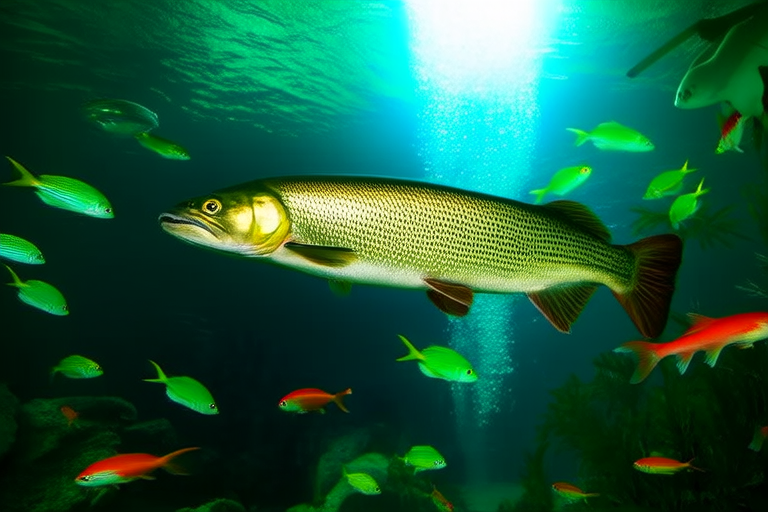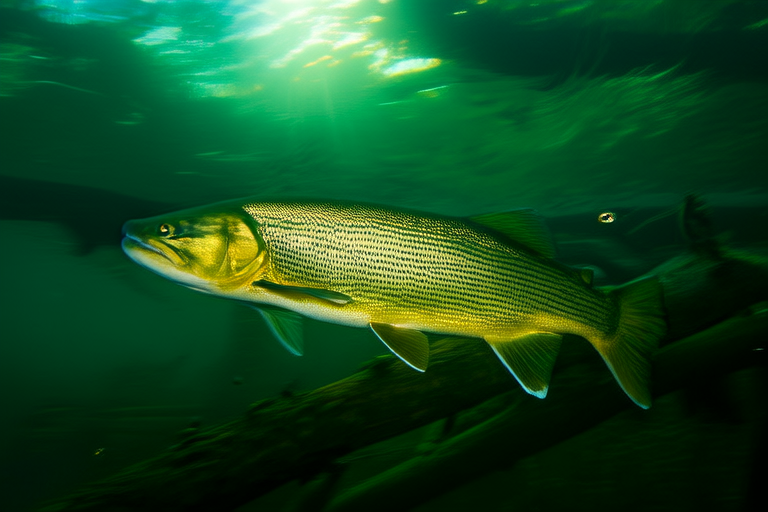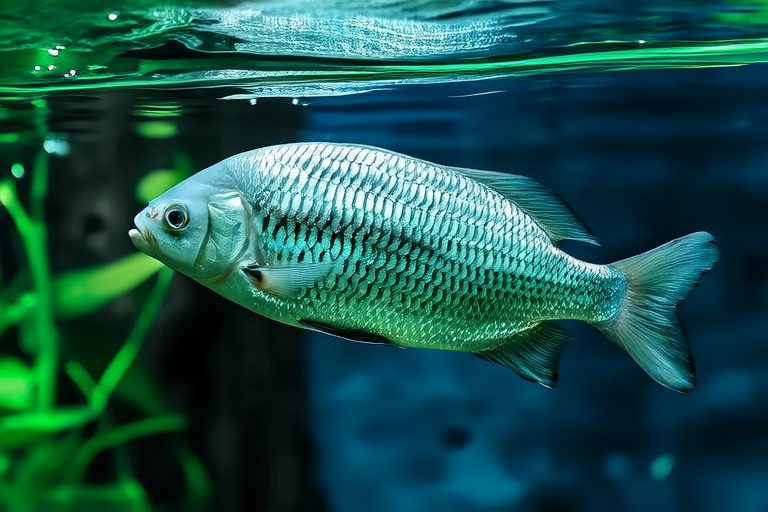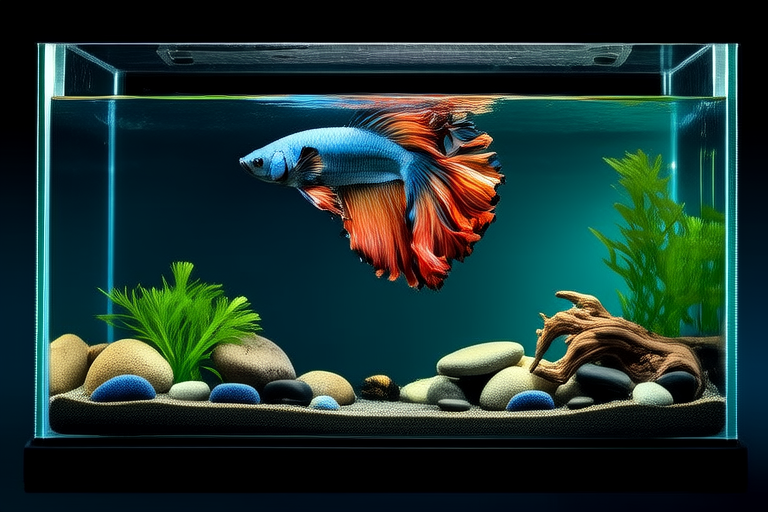
Arowana Ownership 101: Tips for Caring for These Aquatic Giants
Welcome to the fascinating world of arowanas! These aquatic giants are not only visually stunning but also possess a unique set of traits that make them stand out among other fish species. Known for their sleek bodies, vibrant colors, and impressive jumping abilities, arowanas have captivated the hearts of many aquarists. In this comprehensive guide, we will explore everything you need to know about arowana ownership, from setting up the perfect tank environment to understanding their dietary needs and behavioral patterns.
Unique Characteristics of Arowanas
Arowanas belong to the family Osteoglossidae and are native to tropical regions of South America, Africa, and Asia. They are known for their elongated bodies, which can grow up to several feet in length, depending on the species. One of the most remarkable features of arowanas is their ability to breathe air through their swim bladder, which allows them to survive in oxygen-depleted waters. Additionally, they have powerful jaws equipped with sharp teeth, making them formidable predators in their natural habitat.
Arowanas are also known for their intelligence and curiosity. They are highly interactive with their surroundings and often display playful behaviors, such as leaping out of the water to catch prey or exploring new objects within their tank. This makes them not only beautiful to look at but also enjoyable companions for those who appreciate the interaction aspect of pet ownership.
Setting Up an Appropriate Tank Environment
Creating the right tank environment is crucial for the health and well-being of your arowana. Arowanas require large tanks due to their size and active nature. For smaller species like the silver arowana, a minimum tank size of 240 gallons is recommended, while larger species may require even more space. It’s important to note that arowanas are territorial and can become aggressive if kept in overcrowded conditions.
In terms of filtration, it’s essential to choose a high-quality filter that can handle the volume of water in your tank. Arowanas produce a significant amount of waste, so maintaining excellent water circulation is vital. Additionally, incorporating live plants into the tank can help improve water quality and provide hiding spots for your fish. However, be cautious when selecting plant species, as some may be toxic to arowanas.
Substrate choice is another important consideration. Many aquarists opt for gravel or sand as a substrate, but it’s crucial to ensure that the substrate is large enough to prevent ingestion by the fish. Smaller particles can cause digestive issues if swallowed. Decorations such as driftwood and rocks can be added to enhance the aesthetic appeal of the tank while also providing additional hiding spots and climbing surfaces.
Water Quality Maintenance
Maintaining optimal water quality is paramount for the health of your arowana. Regular water changes are necessary to remove toxins and maintain stable water parameters. Aim for weekly partial water changes of around 20-30% of the total tank volume. During these water changes, be sure to clean the filter media and inspect the tank for any signs of wear or damage.
The ideal water temperature for arowanas ranges between 78°F and 86°F (25°C and 30°C), depending on the species. Use a reliable heater to maintain consistent temperatures throughout the tank. Additionally, arowanas prefer slightly acidic to neutral pH levels, typically between 6.5 and 7.5. Regular testing of water parameters using a reliable test kit is essential to ensure that your arowana’s living conditions remain optimal.
Aeration is also important, especially if you’re keeping multiple arowanas in the same tank. These fish are known to gulp air from the surface, and providing adequate surface agitation helps to oxygenate the water. Consider adding an air stone or a powerhead to promote better oxygen exchange.
Dietary Needs
Arowanas are carnivorous and require a varied diet rich in protein to thrive. Their natural diet consists of insects, small fish, crustaceans, and other aquatic creatures. In captivity, it’s important to replicate this diet as closely as possible. High-quality pellets formulated for predatory fish are a good starting point, but supplementing with live or frozen foods can provide additional nutritional benefits.
Feeding frequency and portion control are critical aspects of arowana care. Feed your arowana once or twice daily, offering as much food as they can consume within a few minutes. Overfeeding can lead to obesity and poor water quality. Additionally, avoid feeding them too many soft or fatty foods, as this can contribute to digestive problems.
It’s worth noting that arowanas have a tendency to leap out of the water when hunting for food. This behavior, known as “surface feeding,” is both fascinating to observe and beneficial for their overall health. To encourage this behavior, you can offer food directly on the water’s surface or use a specialized feeding tool designed for surface feeding.
Behavioral Insights
Arowanas are intelligent and social animals that can form strong bonds with their owners. They are highly curious and enjoy interacting with their environment. In the wild, arowanas are solitary hunters but can coexist peacefully with other fish species, provided there is ample space and suitable hiding spots available.
One of the most interesting behaviors of arowanas is their ability to recognize and respond to their owners. Many aquarists report that their arowanas become excited and responsive when approached, sometimes even swimming towards the glass to greet them. This level of interaction can make arowanas particularly rewarding pets for those who enjoy a more hands-on approach to pet ownership.
However, it’s important to be mindful of arowanas’ territorial nature. While they can coexist with other fish, introducing new species to an established tank can trigger aggression. Always introduce new fish gradually and monitor their interactions closely to ensure compatibility.
Common Issues and Solutions
As with any pet, arowanas can face certain challenges that require attention. One common issue is fin rot, a bacterial infection that can affect the fins and tail of the fish. Symptoms include frayed or discolored fins, lethargy, and loss of appetite. To prevent fin rot, maintain excellent water quality and avoid overcrowding the tank. If symptoms appear, consult with a veterinarian specializing in exotic pets for treatment options.
Another concern is overfeeding, which can lead to obesity and digestive issues. To prevent this, stick to a consistent feeding schedule and monitor your arowana’s body condition regularly. If you notice signs of weight gain or bloating, reduce the portion sizes and increase the frequency of water changes.
Lastly, it’s important to address the potential for aggression. While arowanas are generally peaceful, they can become territorial if provoked. Providing ample hiding spots and ensuring proper tank size can help mitigate this behavior. Additionally, avoid sudden movements or loud noises near the tank, as these can stress your arowana and trigger aggressive responses.
In conclusion, arowana ownership offers a unique and rewarding experience for those willing to commit to the care and maintenance required. By understanding their specific needs and providing a suitable environment, you can ensure that your arowana thrives in your home aquarium. With proper care, these magnificent creatures can bring years of joy and fascination to your life.






